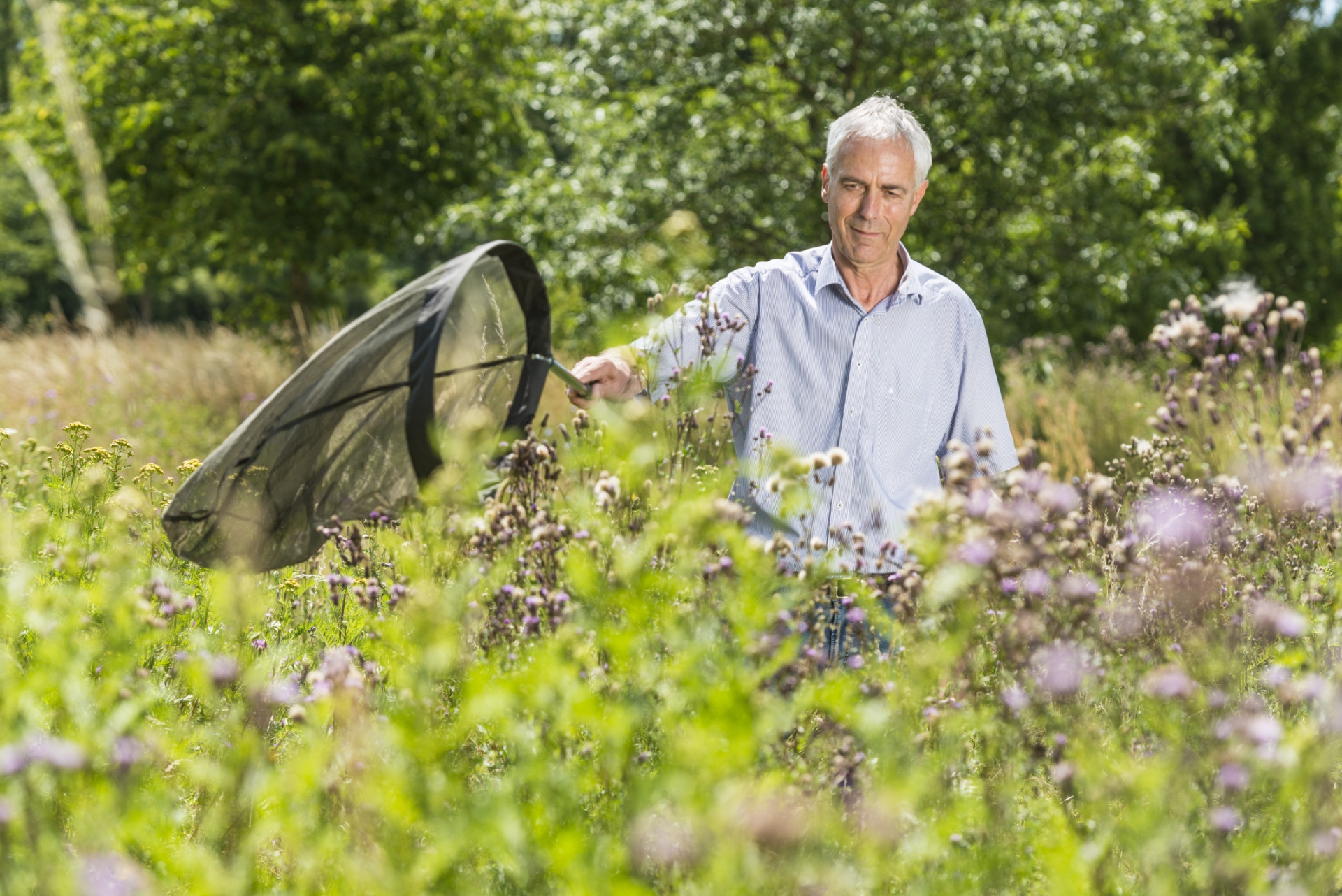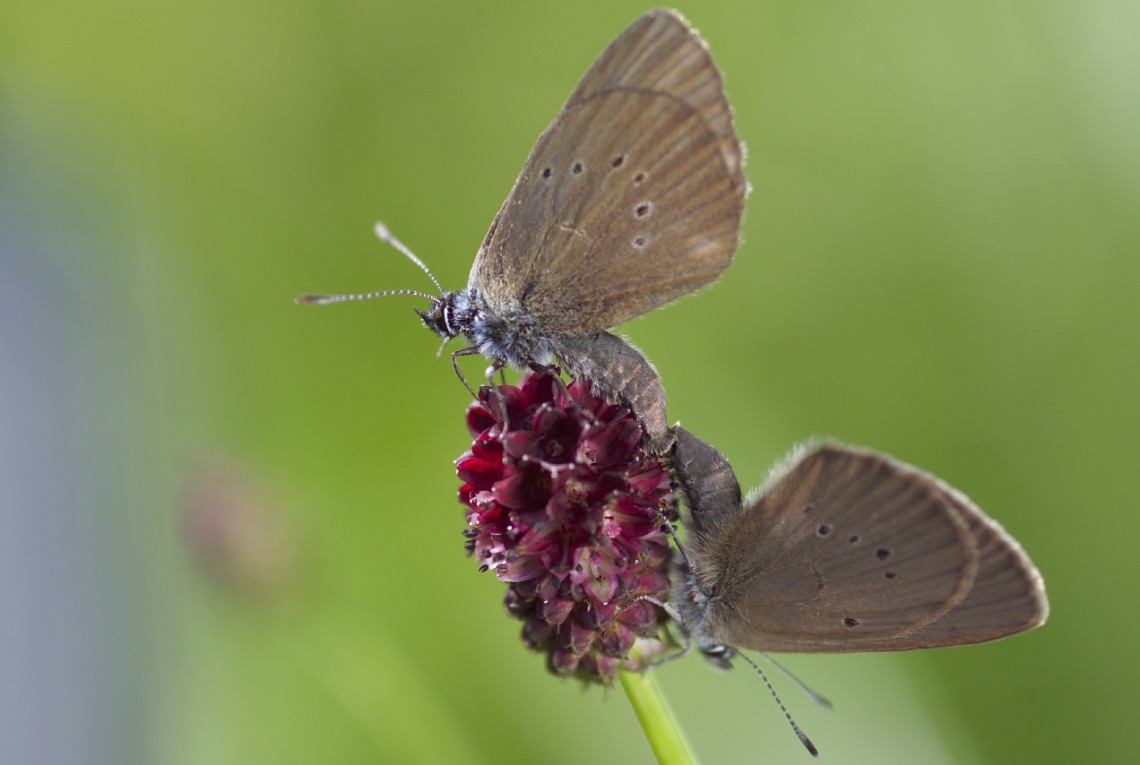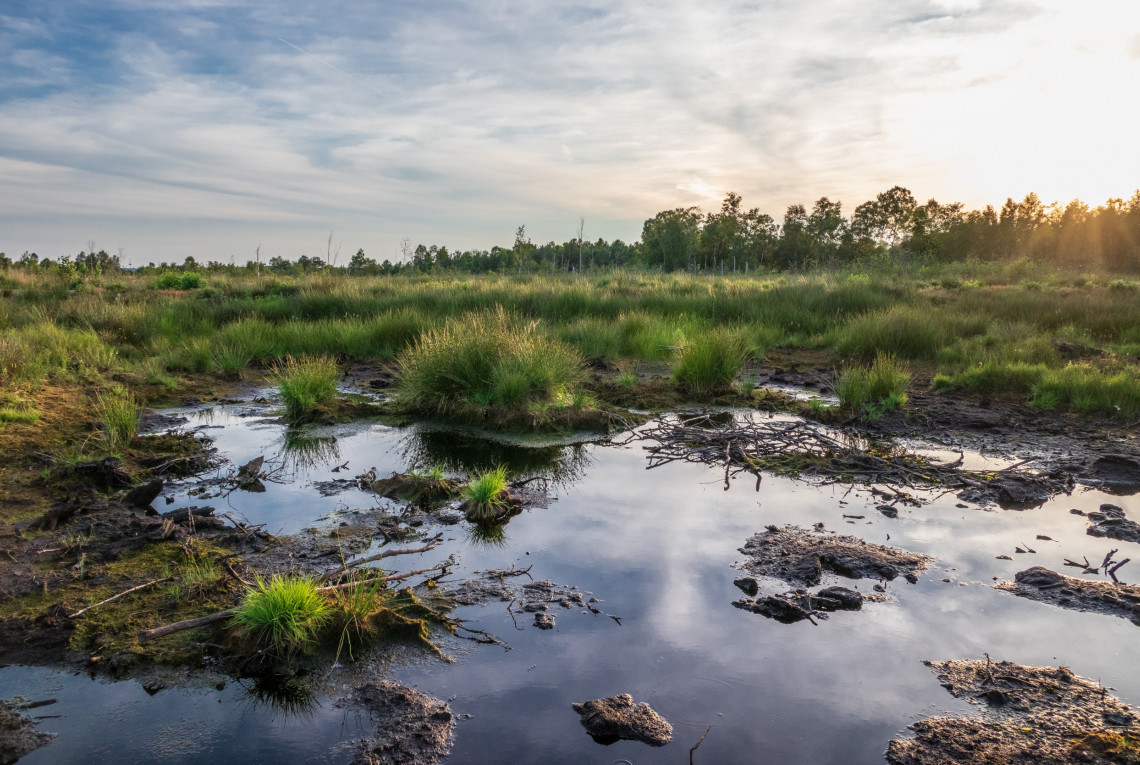The role of biodiversity in climate protection – and vice versa

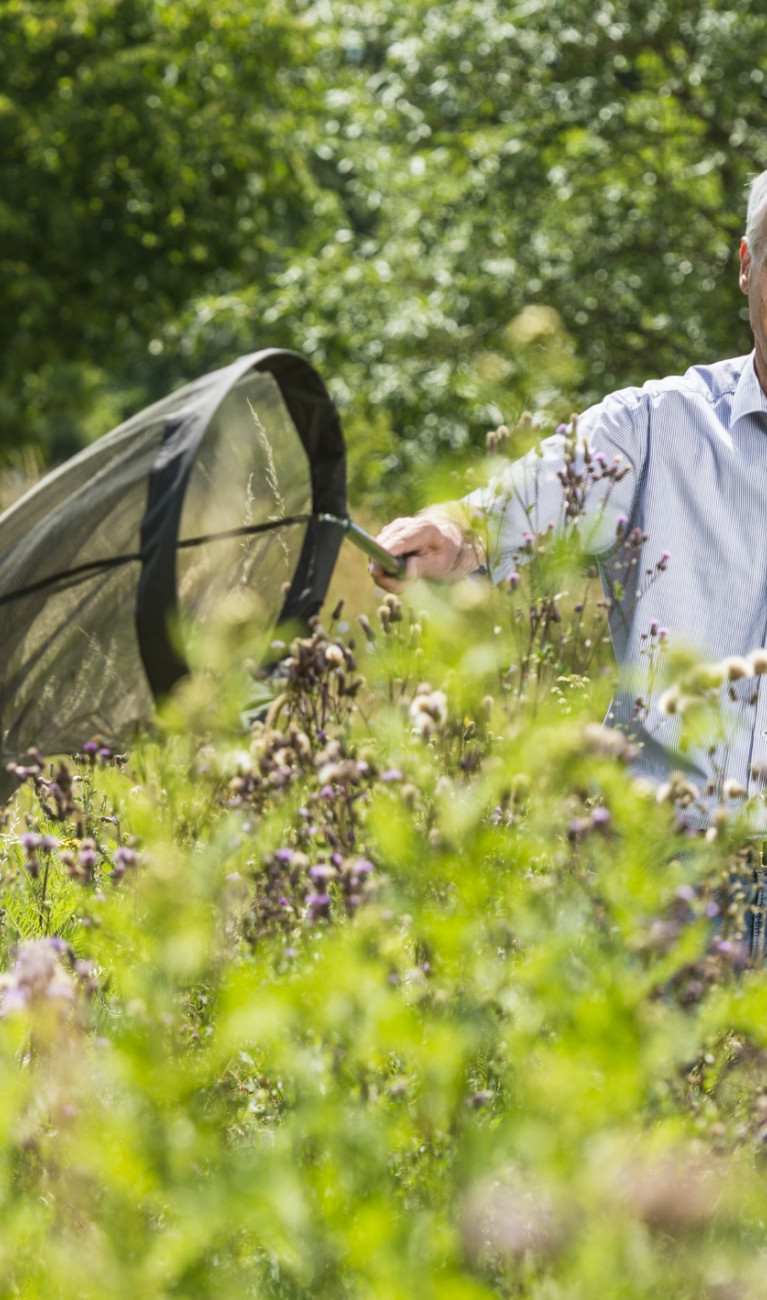
Countless species of microorganisms, fungi, plants, and animals create a unique biodiversity on our planet. They also play a key role in ensuring a stable climate and the functioning of vital natural cycles. Increasing levels of greenhouse gas emissions are causing major changes in ecosystems and biodiversity. How can climate protection and nature conservation be thought of as two sides of the same coin?
In the summer of 2021, the experts from the Intergovernmental Panel on Climate Change (IPCC) and the Intergovernmental Science-Policy Platform on Biodiversity and Ecosystem Services (IPBES) published a joint workshop report for the first time. Their report, "Biodiversity and Climate Change," illustrates how the two major environmental crises and possible solutions are related. Protecting the climate and preserving biodiversity are challenges that need to be considered together. "Healthy ecosystems that have a rich diversity of species and functions are doing a lot to mitigate climate change," explains Almut Arneth of the Institute for Meteorology and Climate Research at the Karlsruhe Institute of Technology (KIT), who worked on the report. "When we act quickly and judiciously, this benefits sustainability in many ways."
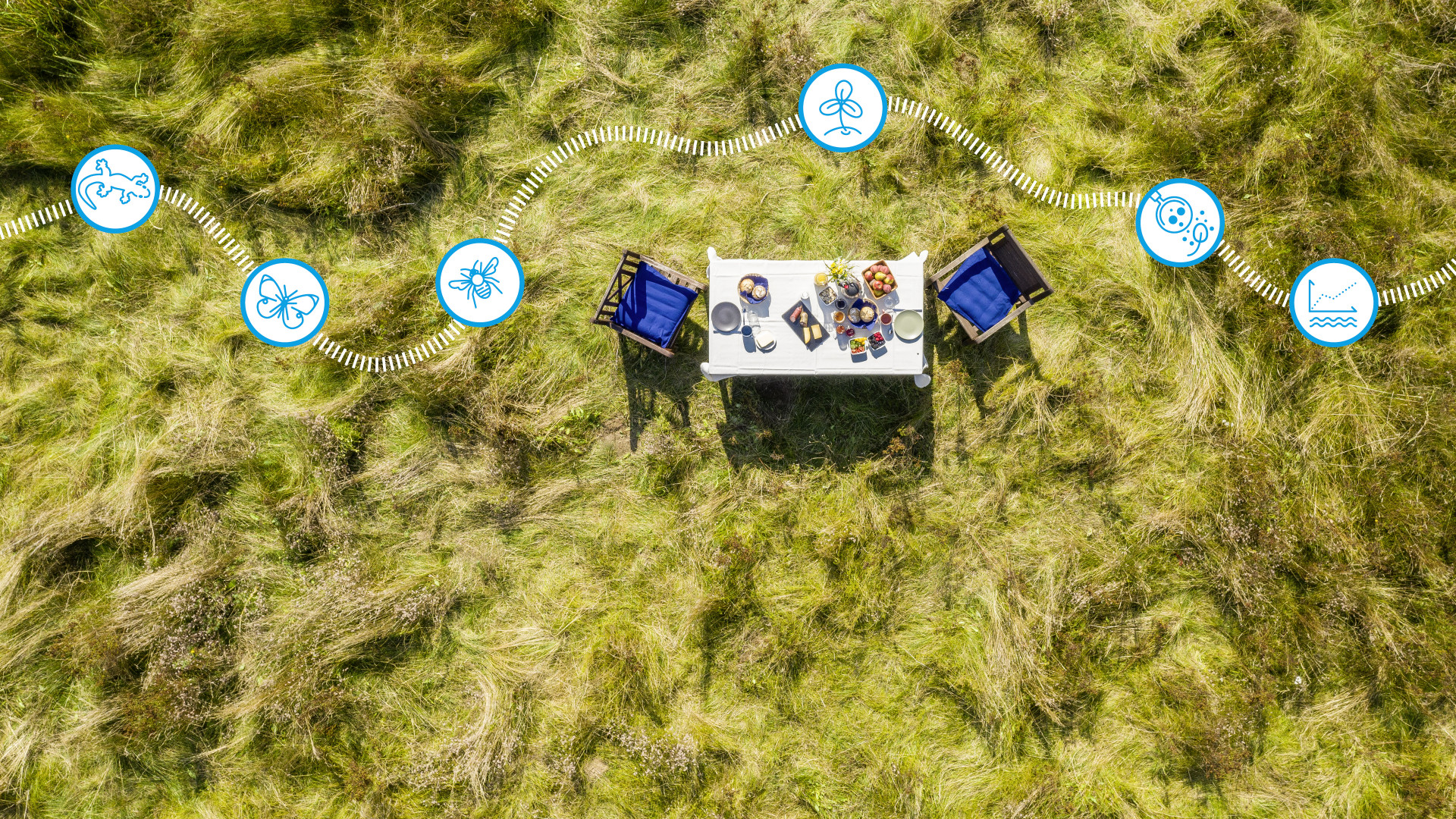
Like Almut Arneth, other scientists at Helmholtz are also working to understand how biodiversity shapes the climate and vice versa – and what we can do as a society to preserve biodiversity on Earth and with it our natural resources.
The current biodiversity crisis has not yet reached the scale of the great mass extinctions in the history of the Earth. Nevertheless, there is still reason for concern. More and more species of living beings are disappearing, and at an ever-increasing rate. According to reports from the Intergovernmental Science-Policy Platform on Biodiversity and Ecosystem Services (IPBES), the rate of extinction is already ten to a hundred times higher than the average over the past 10 million years. The IPBES estimates that of the 8 million existing animal and plant species, one million are at risk of extinction.
Diversity of life forms also stabilizes the climate
An intact biosphere creates a functioning carbon cycle that removes carbon dioxide (CO2) from the atmosphere. It also processes and spreads life-sustaining nutrients such as nitrogen and phosphorus. If the biodiversity is disturbed, the key mechanisms that maintain a stable environment falter, and with it the resources for human life. Some of the planetary boundaries have already been exceeded.
The solution lies in addressing the major crises together. Leading up to the UN Conference on Biological Diversity, an international team of scientists has assessed the role of global biodiversity targets in protecting the climate. The researchers found that two-thirds of these targets are also capable of slowing climate change.
“There is growing evidence that the creation of new protected areas and the adequate management of existing ones on land and in the sea help to mitigate climate change through capture and storage of carbon,” explains Josef Settele, biodiversity researcher at the Helmholtz Centre for Environmental Research – UFZ. The goal is to create protected areas on 30% of the planet and link them together – but this is still a long way from reality.
Avoiding the side effects of climate protection on nature
There are many further steps that can benefit both the climate and ecosystems. However, some measures that focus just on the side of climate protection or climate adaptation have a negative impact on the environment, as shown in the IPBES-IPCC co-sponsored workshop report on biodiversity and climate change.
The best measures are those that simultaneously improve the climate, biodiversity, and our ways to adapt to the impacts of climate change. However, in many cases it is still not entirely clear exactly how measures to counter climate change affect biodiversity.
Biodiversity research at Helmholtz
Plants absorb CO2 and need insects for pollination. The UFZ is working on an EU-wide survey of pollinators. More>
Seagrass beds sequester greenhouse gases and protect the coast, but they also suffer from higher temperatures. GEOMAR is simulating future scenarios. Radio report> (in German)
In Saxony-Anhalt, the UFZ runs the Global Change Experimental Facility, currently the world’s largest field experiment on climate and land use. More>
In the oceans, GEOMAR scientists use mobile mesocosms to test climate changes in enclosed water columns. More>
Toxic blue-green algae in the lake? A GFZ research study shows that cyanobacteria have been benefiting from human-induced climate change for a long time. More>
The German Aerospace Center (DLR) – Earth Observation Center has created an atlas of the Chaco, a biodiverse landscape in Paraguay that sequesters carbon and is highly endangered. Go to the download>
KIT is heading the development of a new landsystem model, in which biodiversity plays an important role. More>
"The capacity of ecosystems to slow climate change is overestimated"
"The climate problem is now well understood. However, the issue of biodiversity is treated in complete separation – even when it comes to possible solutions," explains Hans-Otto Pörtner, climate researcher at the Alfred Wegener Institute, Helmholtz Centre for Polar and Marine Research (AWI). "There is also the risk that nature is discussed as a vehicle for solving the climate problem; this is quite problematic. The capacity of ecosystems to slow climate change is overestimated, and climate change is damaging this capacity."
Many people nevertheless believed that nature could save us from the climate crisis and allow further use of fossil fuels. "But it is the other way round," Pörtner explains: "Only when we succeed in drastically reducing emissions from fossil fuels can nature help us to stabilize the climate."
At the same time, we need to move forward with protecting biodiversity. A team of UFZ scientists and the Institute for Biodiversity – Network (ibn) has therefore analyzed Germany's National Biodiversity Strategy (NBS) and made recommendations on how biodiversity conservation measures in Germany can be usefully developed further.
